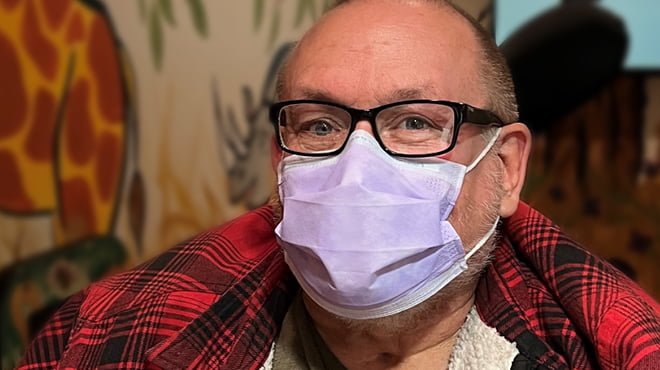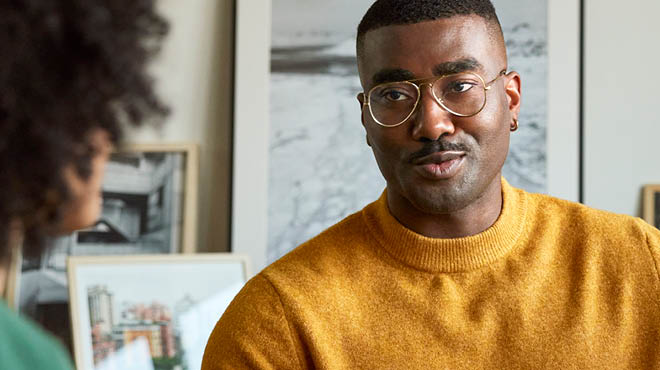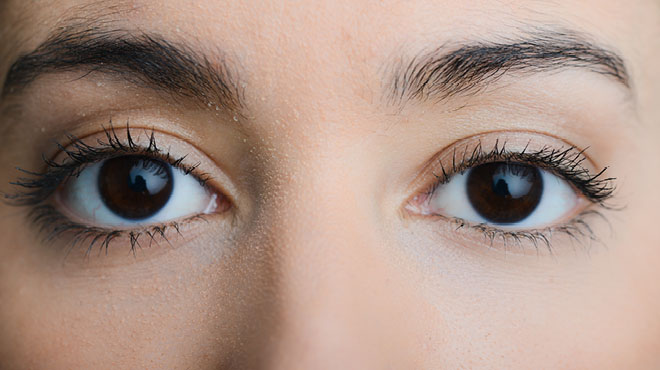Recent Posts
Caring for your child's eyes

Newborns come into the world with vision that is mostly blurry. The visual system develops over time and is fully formed by the teen years.
Regular eye screenings for children are recommended to ensure their eyes are healthy and they have no vision problems that could interfere with school performance and potentially affect their safety.
Your child's vision can be screened by a family medicine physician, pediatrician, ophthalmologist or another properly trained healthcare provider. The provider will screen your child for eye problems and refer to an ophthalmologist for a comprehensive exam, if needed.
When to schedule eye screenings
Eye screenings generally are included as part of a well-child visit.
The American Academy of Ophthalmology and the American Association for Pediatric Ophthalmology and Strabismus recommend this schedule:
- Newborn–12 months
Your child's health care provider will perform in-office screening tests, including inspection of the eyes and lids, and checking the pupil response and eye movement. The provider may refer your infant to an ophthalmologist if the baby is born prematurely, has signs of eye disease or a family history of childhood eye disease. - 12‒36 months
At this appointment, a photo screening is done to look for focusing problems that could indicate your child is not seeing well with one or both eyes. Photo screening also detects risk factors for amblyopia, or lazy eye, which is a reduction in vision in one or both eyes that prevents normal brain development of the visual system. - 36 months–5 years
Your child's vision and eye alignment will be checked during this time. Your child may be referred to an ophthalmologist or optometrist if the screening shows signs of misaligned eyes, or strabismus; amblyopia; refractive errors; or other focusing problems. - 5 years and older
At age 5, your child should be screened for visual acuity, or sharpness of vision, and eye alignment. Repeat this screening every one to two years after age 5.
Vision screening versus comprehensive eye exam
Vision screening is more efficient and cost-effective than a comprehensive examination on every child, which allows many more children to be examined. A comprehensive eye exam diagnoses eye disease. Only about 2% to 4% of children have an eye problem that requires treatment. In addition, problems occasionally are missed on a one-time comprehensive eye examination, so it's preferable to have several screenings performed over time.
When to seek a comprehensive exam
Seek a comprehensive eye exam for your child if he or she:
- Fails a vision screening.
- Has a vision screening that is inconclusive or cannot be performed.
- Is referred by a pediatrician or school nurse.
- Has a vision complaint or observed abnormal visual behavior, or is at risk for developing eye problems. Children with medical conditions, such as Down syndrome; prematurity; juvenile idiopathic arthritis; neurofibromatosis; or a family history of amblyopia, strabismus, retinoblastoma, congenital cataracts or glaucoma, are at higher risk for developing pediatric eye problems.
- Has a learning disability, developmental delay, neuropsychological condition or behavioral issue.
How can the eye doctor tell how much my baby can see?
The doctor will use light to check your child's pupil response and assess how well your child can follow lighted toys and small objects. Sometimes the provider will use cards with different sizes of stripes on them called "preferential looking tests" to determine vision. Older children can play matching games with shapes or pictures on the eye chart. The eye doctor also will perform a thorough eye exam to look at all the structures of the eye that are important for vision.
What to expect at your child's eye appointment
The ophthalmologist will perform a vision assessment, as well as check the alignment of the eyes and the pupil response to light. Your child's pupils may be dilated with eyedrops to evaluate for a prescription for eyeglasses. Young babies also may need glasses.
The doctor will use an instrument to shine light in the eye. This light gets reflected from the retina and helps determine the prescription. Pupil dilation also allows the doctor to examine the back of the eye, including the health of the optic nerve and retina. Additional tests may be needed, depending on symptoms and family history.
These appointments may take up to one to two hours, especially if the eyes need to have dilating drops, so remember to come prepared with diapers and snacks. Also have your child's prior eyeglasses, if any, and eye history available, as well as your list of questions.
Sasha Mansukhani, M.B.B.S., is an ophthalmologist in Eau Claire, Wisconsin.




